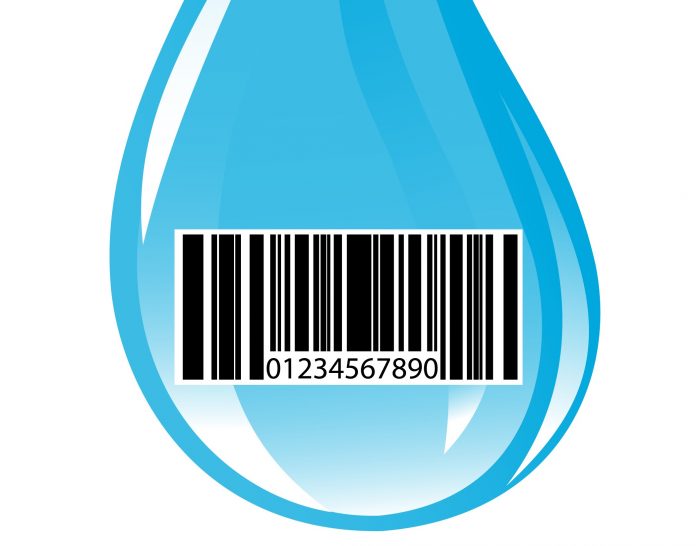In April, the IWA Specialist Group on Statistics & Economics held a workshop in Cyprus to discuss waterís elusive value. Ed Smeets and Lledó Castellet examine some of the complexities and different approaches to getting the right price for water
For decades, we have turned on the tap and expected as much water as we need. It is, after all, a fundamental human right. Less understood is how water access is also a human responsibility: we need to be efficient in our use.
In that case, how much water is enough?
A quest for the answer brings us to the heart of economics, in which anything scarce and in high demand commands a price. Effective water pricing brings an appropriate incentive to ensure not only that there is enough clean water for all stakeholders who demand it, but also secures financial sustainability for urban water services providers to supply it.
While that rationale is similar across countries, water prices differ widely. In order to understand the effects of water pricing in water resource management, the IWA Specialist Group on Statistics and Economics jointly with the Water Board of Lemesos organised the workshop ‘Water Pricing’.
Host country Cyprus is among the “most water poor countries in Europe”, noted Agathi Hadjipanteli, a senior executive engineer in the country’s Water Development Department. Worse, it is entering the status of severe water scarcity, as increased water demand and climate change exceed the availability of water, added Theodorus Zachariadis and Christos Zoumides, from the Cyprus Institute.
Four years earlier, Cyprus’ Parliament had implemented a legal framework for all water service providers to adopt pricing policies that would satisfy demand and guarantee the sustainability of the service, introducing the environmental and resource cost and improving the tariffs.
Water scarcity can be addressed by improving pricing structures, methods and models, taking into account the institutional structure of each country’s water sector. Romania’s Teodor Popa offered one formula to adjust water tariffs. Portugal’s Alexandra Gonçalves da Cunha demonstrated how national regulatory authorities play a key role in setting water tariffs.
By contrast, Ed Smeets showed how Dutch drinking water companies establish and approve tariffs — without the need of an independent regulatory authority.
Not all countries face the same levels of scarcity. Matthias Freiburghaus of the Swiss Gas and Water Industry Association explained how weather conditions influence water sector tariffs, and abundant and regular rainfall means there is no need for mechanisms to reduce water consumption. Similarly, Masao Sibuya of the Japan Water Works Association reported that his country was less worried about resource scarcity than financial deterioration and aging water infrastructure, which is vulnerable to earthquakes.

To address the problem, he compared two different methods for establishing water tariffs: i) full cost recovery, which considers depreciating costs and the expenses to maintain the assets; and ii) the cash flow balance which takes into account the redemption of bonds and loans and the investment in the construction of the infrastructure.
Spain is equally worried about the cost of decaying water infrastructure. Francesc Hernandez Sancho and Lledo Castellet Vinciano, both at the University of Valencia, explained that water tariffs include the principle of full cost recovery under the EU Water Framework Directive. They also showed how water saving campaigns and reclaimed water can help address scarcity on the demand and supply sides, respectively.
Other valuable mechanisms involved network performance and financial considerations. Jan Hammenecker of De Watergroep in Belgium pointed out how smart water meters would improve the frequency, richness and reliability of information gathered about network water consumption and losses, resulting in a more accurate water price for both companies and consumers.
Meanwhile, Fillipo Alfonso Baldaro at Spain’s Cetaqua Water Technology Center suggested a wider use of dynamic water pricing like that in the electricity sector, which charges rates based on time of consumption.
Finally, Veolia’s Stanislas Pouradier Duteil claimed that best service at the best price would arise through a competition for the water market, although not in the market.
Tackling the topic from different perspectives generated healthy debate and discussion. We saw how water’s price could be influenced not only by tariffs but also by policies, regulators, weather conditions, and population flux. All these differences revealed the same purpose of water tariffs: economic efficiency, water conservation incentives, equity, and affordability.








